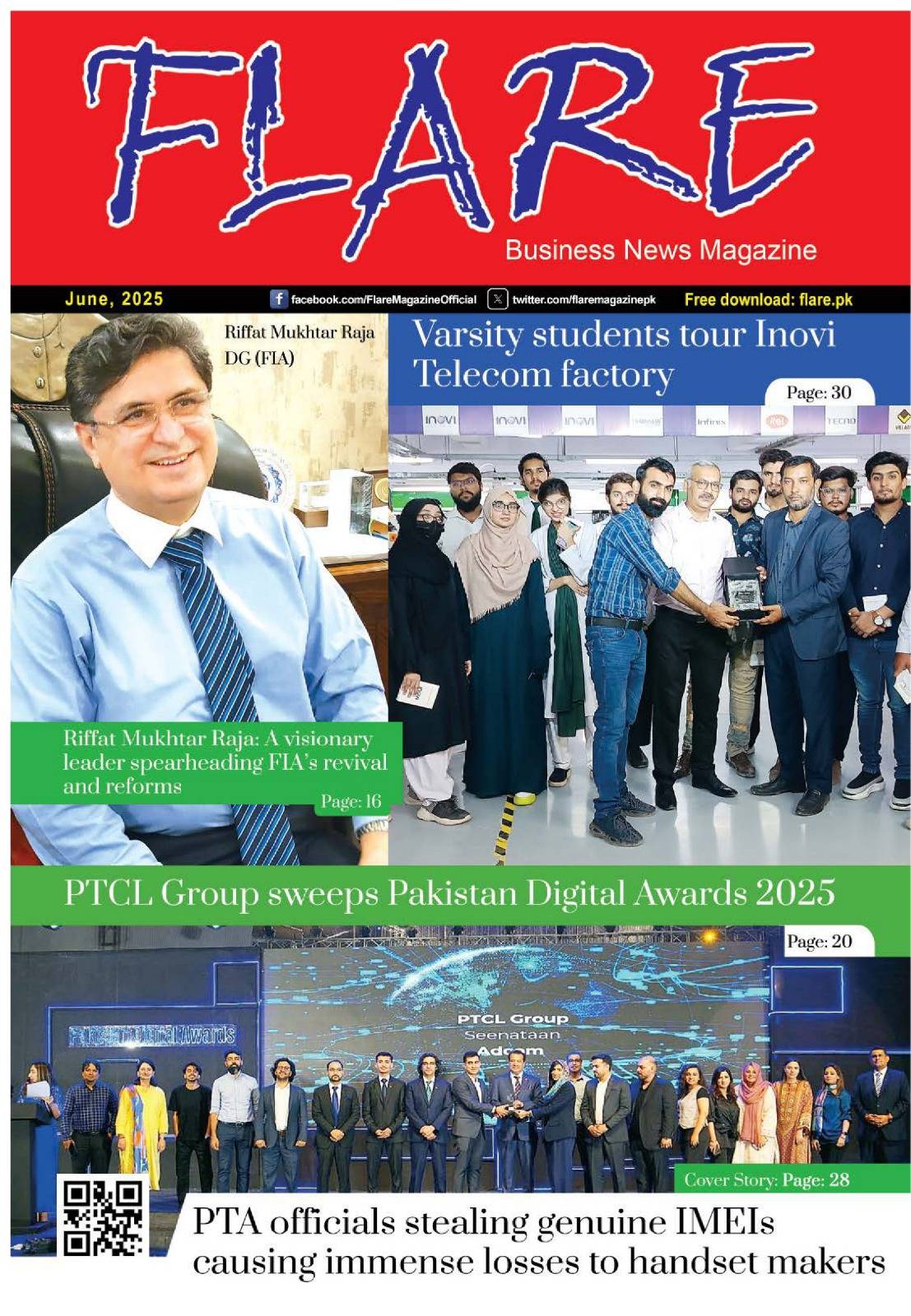Cracking Walnuts And Catching Bullets
Lahore, 10th October, 2016: Huawei Consumer Business Group, a brand known for putting quality at the forefront of their product development strategy, recently revealed that a Huawei device saved a man’s life in Cape Town, South Africa.
 According to 41-year-old Siraaj Abrahams, a father of five children who runs an IT and automotive business, Abrahams was attacked and a bullet that could have penetrated his chest had the bullet not hit his Huawei P8 Lite instead. After being shot, Abrahams passed out without knowing his Huawei smartphone had saved his life. Sometime later, Abrahams claimed to have seen the hole left by the bullet in his jacket and his broken Huawei smartphone and realized what had happened.As odd as the story sounds, it is not actually the first time a Huawei smartphone has blocked a bullet. A P7 user living in the tropical forests of Guatemala was another instance as well as a researcher from Mill ward Brown who used the Media Pad as a shield to protect him from a gunshot fire exchange in Garissa, Kenya that could have taken his life while he was conducting field work research. Similarly, stories of iPhone and Samsung devices have been reported where devices are used for everything from cracking walnuts to catching bullets.
According to 41-year-old Siraaj Abrahams, a father of five children who runs an IT and automotive business, Abrahams was attacked and a bullet that could have penetrated his chest had the bullet not hit his Huawei P8 Lite instead. After being shot, Abrahams passed out without knowing his Huawei smartphone had saved his life. Sometime later, Abrahams claimed to have seen the hole left by the bullet in his jacket and his broken Huawei smartphone and realized what had happened.As odd as the story sounds, it is not actually the first time a Huawei smartphone has blocked a bullet. A P7 user living in the tropical forests of Guatemala was another instance as well as a researcher from Mill ward Brown who used the Media Pad as a shield to protect him from a gunshot fire exchange in Garissa, Kenya that could have taken his life while he was conducting field work research. Similarly, stories of iPhone and Samsung devices have been reported where devices are used for everything from cracking walnuts to catching bullets.
How has such a “super-power” smartphone been forged?
While these stories claim quite a bit of luck, world’s leading smartphone manufacturers – including Huawei – have not only continuously perfected their hardware and software, but also gone a long way to refine their manufacturing and quality control processes. This ensures devices are crafted to perfection with multiple rounds of testing and developers pay meticulous attention to the device’s design and manufacturing processes.Huawei strictly enforces the QMS system from prototype design, to research and development, and from raw material procurement, to manufacturing and testing. Additionally, Huawei uses automated and smart manufacturing to ensure product quality and set world-class standards that surpass the mandatory standards in Europe or in the United States of America.When it comes to inspection, Huawei has a top-notch reliability test laboratory where comprehensive tests are conducted on Huawei handsets and at times these measures can be extreme. Some of these tests include:
- Mechanical reliability check: A sample must withstand thousands of rounds of drum tests, 500 rounds of twist tests, a 70kg hardware stress test and 2,000 rounds of software stress tests.
- Environmental durability: The sample undergoes a 72-hour solar radiation test, 48 hours of hot and cold shift tests, 8 hours of salt spray tests, damp heat test, vibration test and other wear-resistance tests.
- Lifecycle reliability checks: The sample undergoes 800,000 touch screen taps, 200,000 key touches, 5,000 headphone plug endurance tests and 10,000 USB interface plug endurance tests.
- All these test standards set an industry precedent and surpass all basic regulations set in place, particularly the drum, heat, touch screen and RF specification tests.Huawei also conducts tests on headphone jacks, charging ports and SIM card slots, which are not usually tested by industry peers. In addition, Huawei’s products go through a series of rigorous network tests before going on sale, including overseas roaming and SAR laboratory tests to ensure they are 4G ready. In terms of quality management systems, Huawei’s products meet the world’s most rigid standards such as those applied in the US, Europe and Japan and all products passing through the human radiation safety laboratory testing fully comply with the US FCC certification.With such thorough quality control protocols, Huawei’s devices have helped many including a business tycoon in Myanmar who was stranded after his plane crashed into an icy lake. A group of six passengers tried to call for help using their cellphones, but none of them could get through except for the businessman with a Huawei smartphone. They were rescued after being stranded for more than three days making Huawei a household name in Myanmar.
Zero tolerance towards defective products
“Quality is the integrity and lifeline of Huawei,” said Richard Yu, CEO of Huawei’s Consumer Business Group. “Huawei employs the ‘craftsmen’s spirit’ to measure its products and ensure zero defects”.To resolve an issue with a camera defect resulting from a fall that could only occur once in 3,000 times, Huawei invested millions of dollars to fix it. To deal with a small defect in a popular smartphone, Huawei shut down the whole production line for its Honor models, which led to a delivery delay for more than 100,000 devices.Huawei became a top topic on social media in 2015 when it destroyed over fifteen thousand Honor smartphones valued at more than USD $3 million. Huawei’s actions were in response to a rare tire fire during transportation and despite the fact that the defect rate was only 1.4%, Huawei destroyed all devices to ensure consumers would not face any issues for one year after purchase.In addition to the internal quality control, Huawei works closely with all vendors to oversee the entire supply chain, including the glue used on the focusing motor of the device’s camera as so not to affect the responsiveness and speed of autofocus. With a clear goal to be the quality benchmark of the industry, Huawei must ensure no stone goes unturned.“If the quality of our products falls below the industry benchmark, we need to try our best to catch up. We need to improve by 30% each year; once we become the industry benchmark, we will still keep improving by 20% every year,” continued Yu.Thanks to its zero tolerance towards defective products and continued pursuit of innovation and quality, Huawei has earned its global success and widespread acclaim. In the telecommunication equipment market, Huawei is already the world’s leading information and communication solutions provider. In the smartphone market, according to figures from market and user experience research consultancy GFK, Huawei’s global market share has stayed in the top three, while taking the lead in the Chinese market. More than 60% of Huawei’s revenue comes from the overseas market as its products are shipped to over 170 countries and regions. Pakistan plays a key role in Huawei’s growth strategy and with the recent improvement in law-and-order situation all over the country; the brand is considering its expansion and launching new product line. Additionally, Huawei is geared-up to fulfill customer service offering. With 28 service centers all across Pakistan, Huawei ensures its customers, quality with direct and transparent communication.



